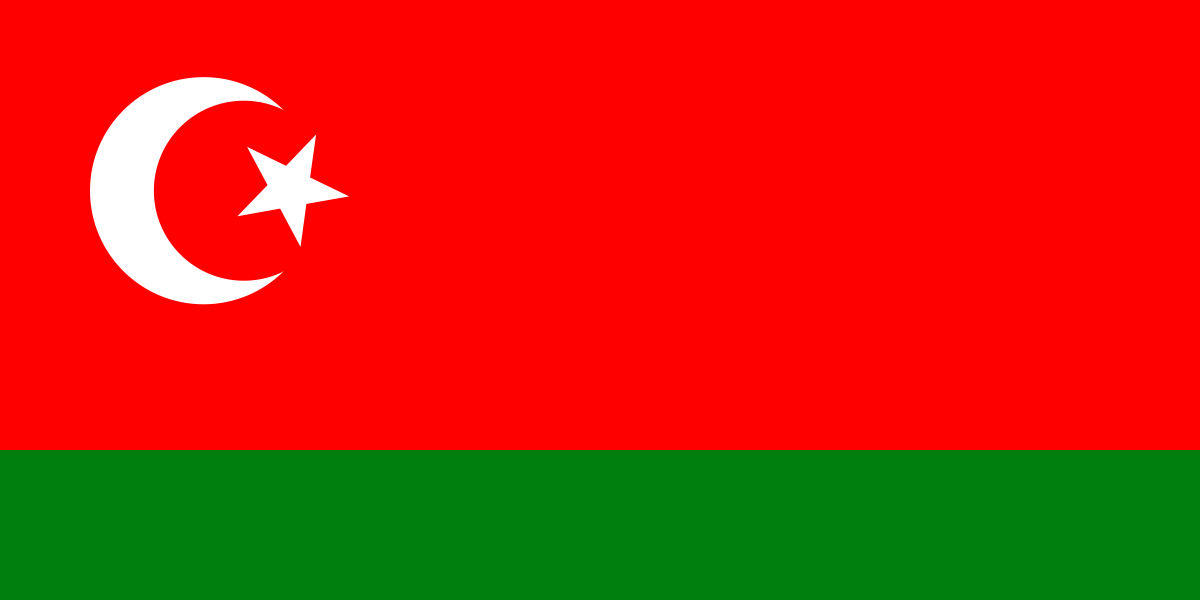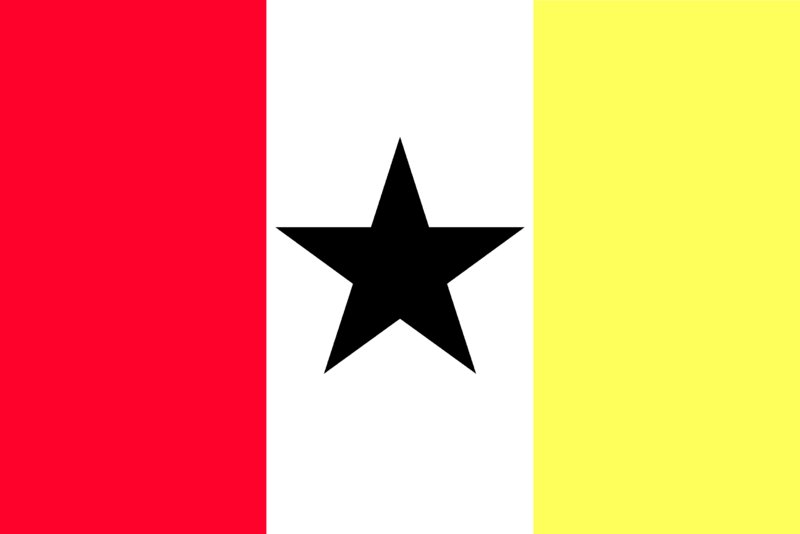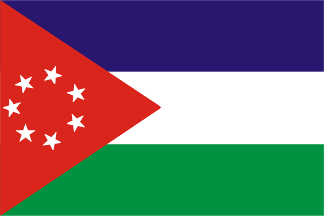Part 120: Balance of Power
Part 120: Balance of Power
The decades following the Second Global War in Europe were an interesting time. With millions of people having died and millions more being physically or psychologically scarred, war wasn’t an appealing option to most Europeans. However, that doesn’t mean that all of Europe’s nations decided to hold hands and sing kumbaya. Rather, the 1920s-1950s were a time of diplomatic intrigue and economic competition and consolidation between the different spheres of influence.First off, there were three-four main powers in European politics during this time. The first were the Germans. While Germany was divided between the Prussians in the north and the Austro-Bavarian union in the south, the two major German states had stopped fighting and started cooperating to dominate Central Europe. The political and economic union known as Mitteleuropa consisted of both of the main German states, plus neighboring states like Rhineland, Carpathia, Hungary and Poland. German businesses established industries and offices in the member states, Polish, Czech and Hungarian students studied in Berlin or Vienna and German became the lingua franca (or lingua germanica) across Central Europe. However, expanding outside of the German-adjacent regions was harder. For example, Eastern Orthodox countries were more drawn to Russia than to the Germans (especially when Russia became less anti-clerical and more conciliatory towards the Orthodox Church), and attempts to incorporate the majority French Wallonia into Mitteleuropa failed (on another note, the original Mitteleuropa update that was Part 86 is now effectively irrelevant and not part of the EC/FC canon). However, pretty much all of Central and Northern Europe was part of the broader Germanosphere.
The second major power in Europe were the French, who led a sphere of Romance-speaking Catholic countries like Spain, Cisalpina and Naples. The exceptions to this alliance were Venice, whose past conflicts with the other Italian states led them to lean towards the Germans, The Papal State, who didn’t care for taking sides in temporal geopolitics, and Portugal, whose past wars with Spain and long-standing alliance with Britain led them to become adjacent to the broader Anglosphere (I’d imagine TTL’s British tourists would get drunk in the Algarve or Madeira rather than Ibiza or Malaga). In order to counter the German Mitteleuropa, France, Spain, Cisalpina and Naples formed the new Latin Bloc as a means of economic and military cooperation, with the headquarters being put in Marseille.
The third of Europe’s major powers were the big bear to the east, the Russians. In the decade after the Russian Civil War, the radically liberal politics of the new Russian Republic alienated it from the rest of Europe, especially the anti-clerical elements of the Republic. However, with Russia’s softening stance towards the Orthodox Church, the rest of the Orthodox world started to warm up to the Russian Republic. This was especially true in Orthodox Slavic countries like Ukraine (who don't have the anti-Russian sentiment of OTL, which comes from the Holodomor) and Bulgaria, who saw Russia as their cultural brothers. Russia also pledged to respect the sovereignty of Ukraine, which drew Ukraine away from the Germans and towards the Russians (you can throw the quip about Ukraine having an alliance with the German states in a previous update away). Romania also drifted into the Russian camp, and Greece, a fellow Orthodox Republic, was quick to hop on the Russian bandwagon. In the Caucasus, Georgia and Armenia both became part of the Russian sphere, and over in the Balkans Illyria leaned more towards the Russians than the Germans, as the Orthodox Serbs were the largest segment of the population.
Finally, the last major European power was the British. Truth be told, the British didn’t have a ton of influence in mainland Europe. While areas like Norway could logically be part of the British sphere, its ties to Denmark, which bordered Prussia and thus had to suck up to them, kept Norway in the German sphere. The Netherlands also could’ve been in play for the British, but they too bordered the Germans, and so the Dutch had to placate the Prussians. As mentioned a few paragraphs ago, the only country in mainland Europe that the British put in their sphere of influence was Portugal. Beside, the British had more interest outside of Europe, such as in their fellow Anglo countries and dominions like America, Australia, Patagonia and Natal or their colonies in India, The Philippines and parts of Africa.
Despite the German ambitions to permanently dominate Europe, the continent was too large and divided to come under the control of any one country. Between a French west, German center and Russian east, Europe seemed to be set for both greater cooperation and integration into regional blocs on the one hand and more competition between blocs on the other. Whether this would mean some future military conflict is yet to be seen, but Europe is in for an interesting time indeed.




